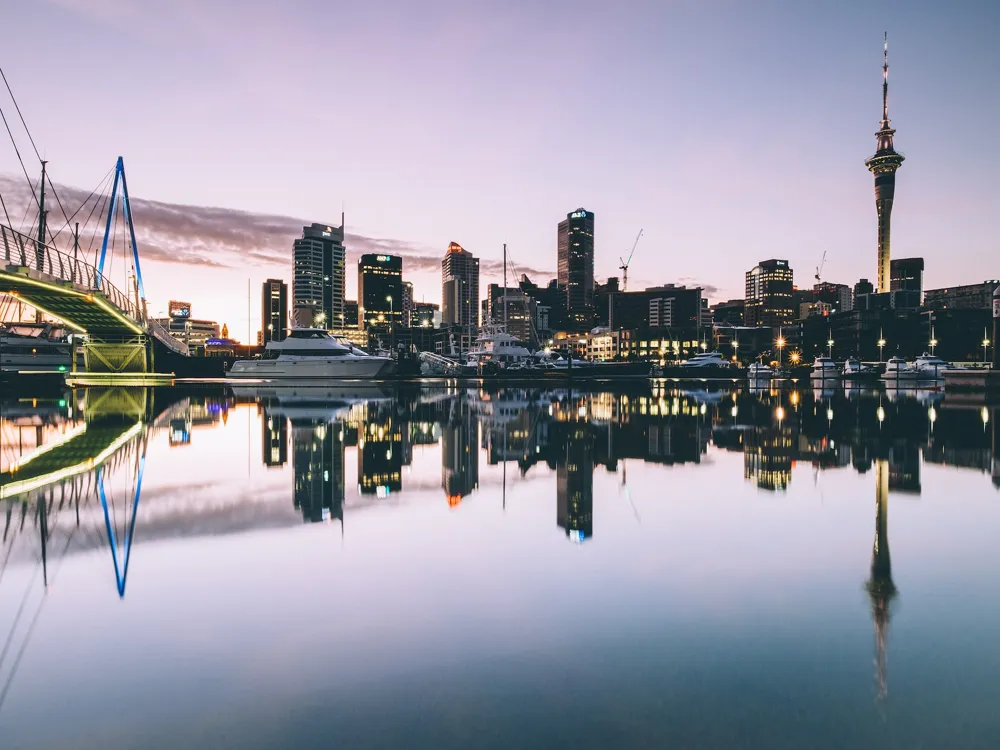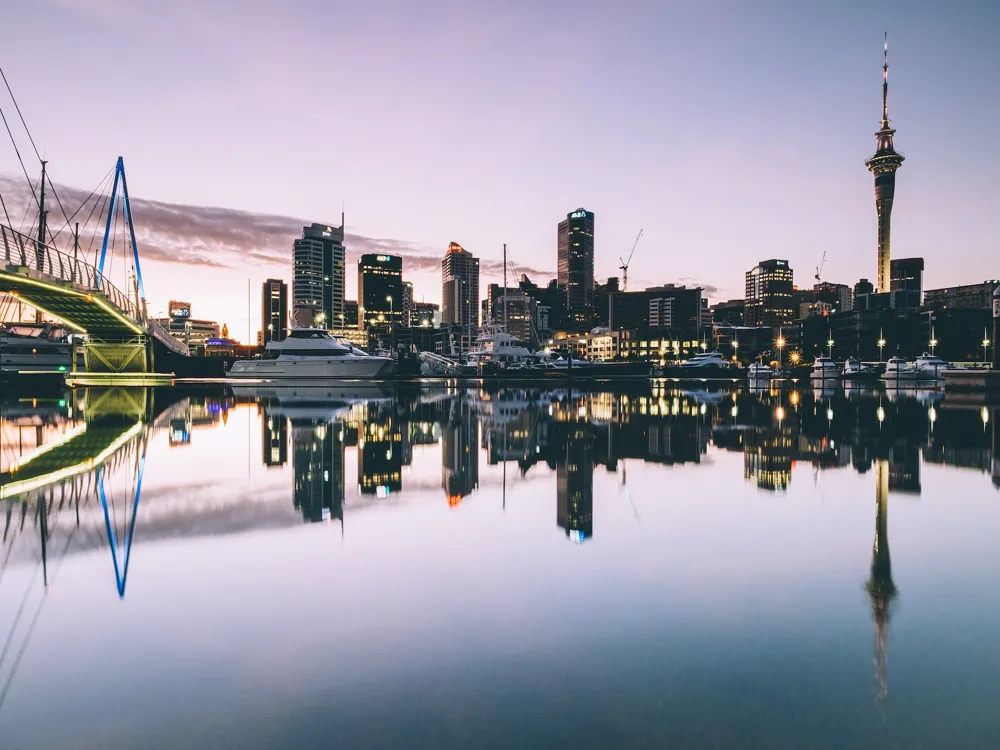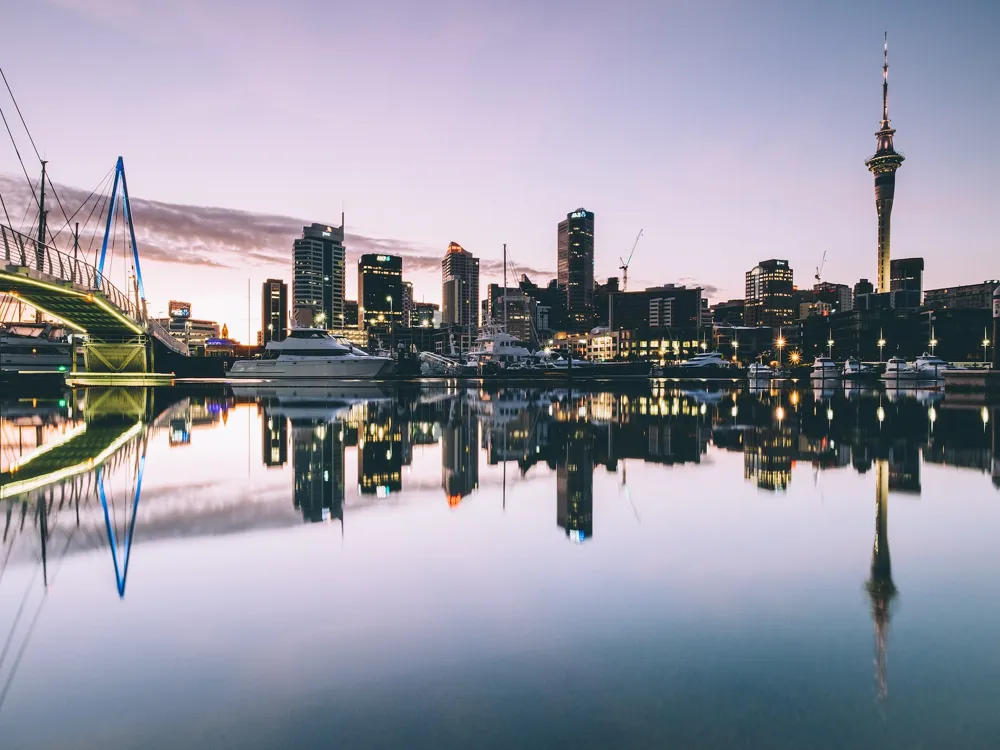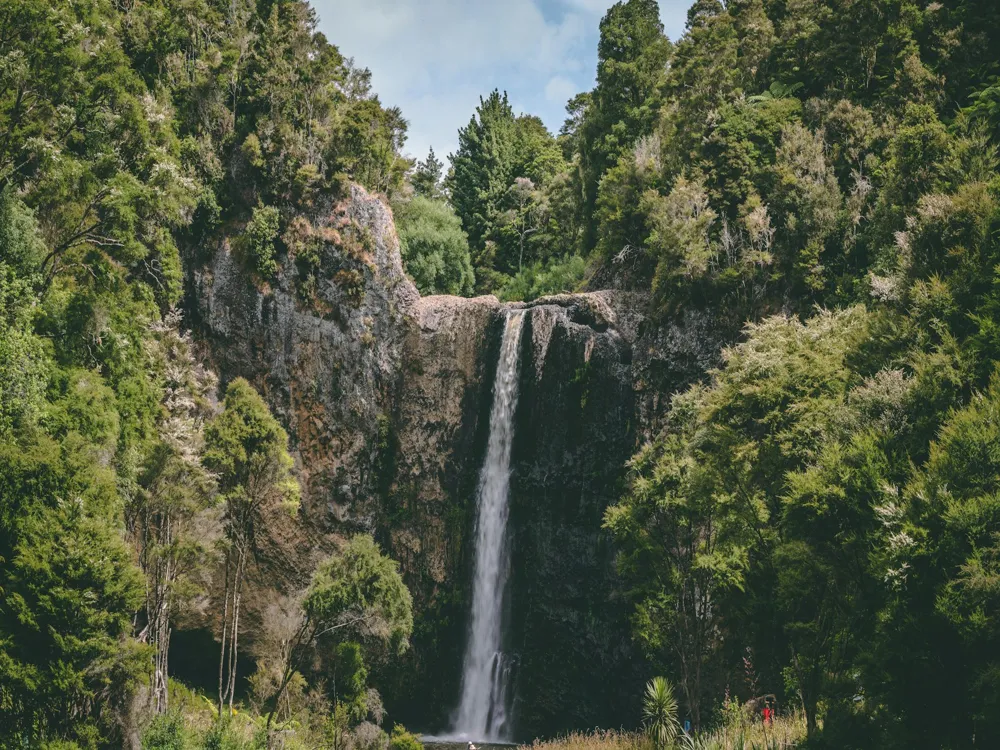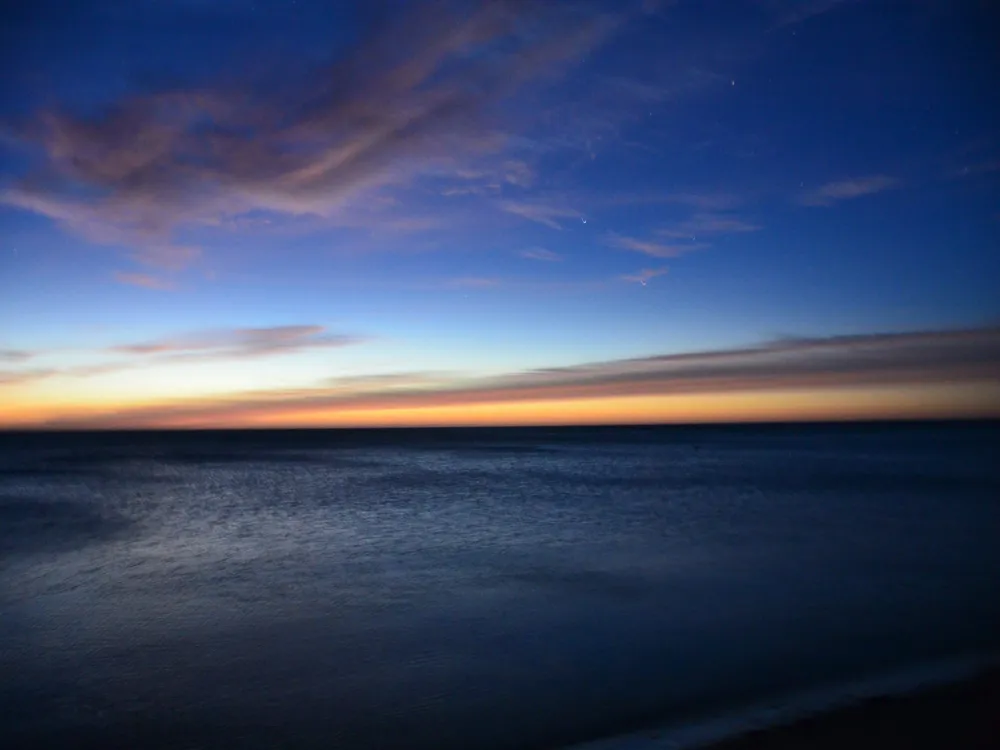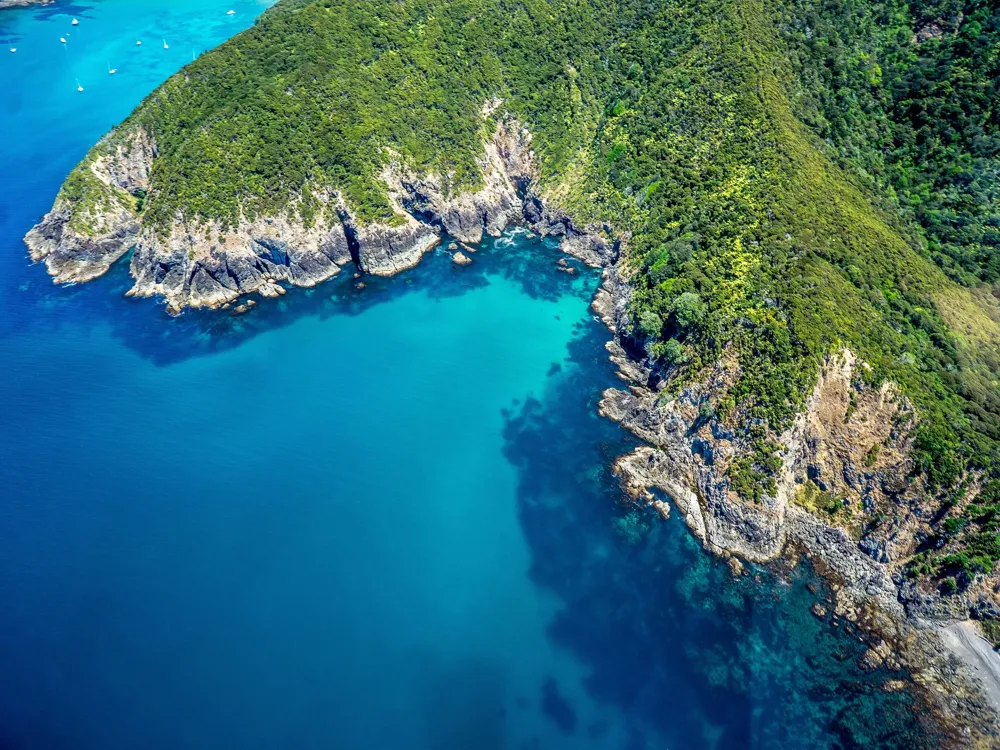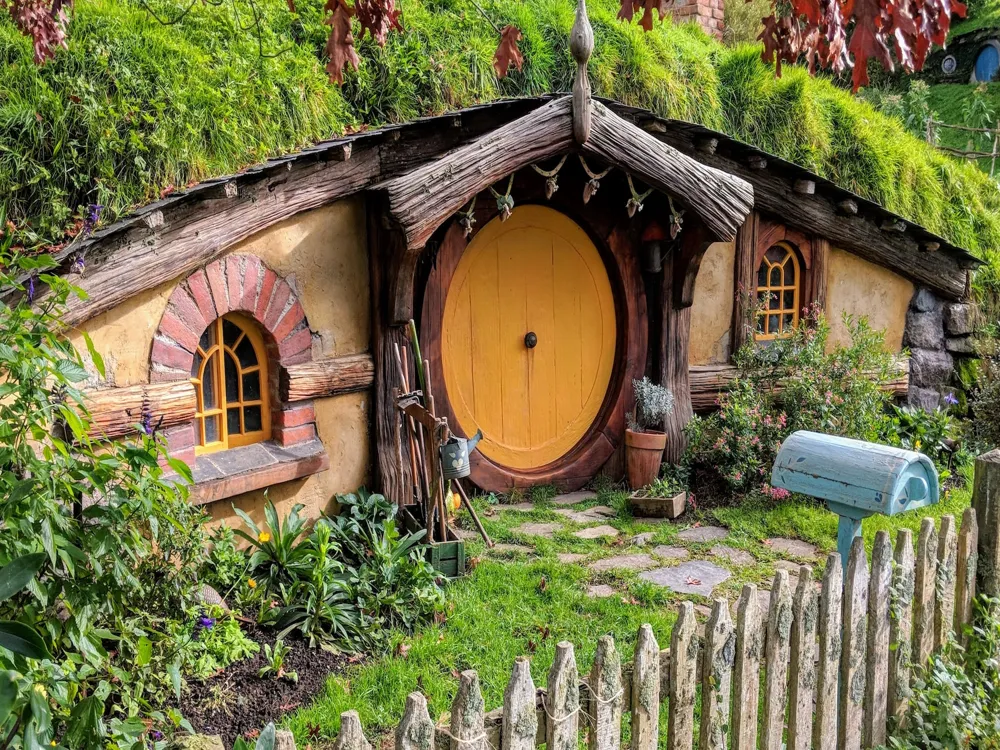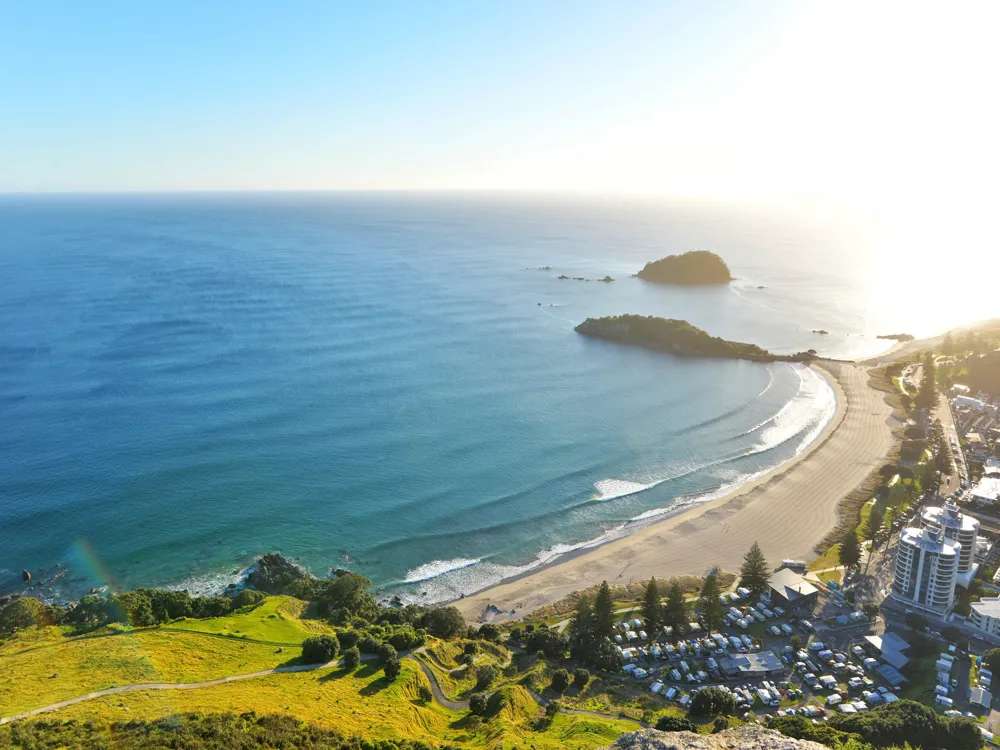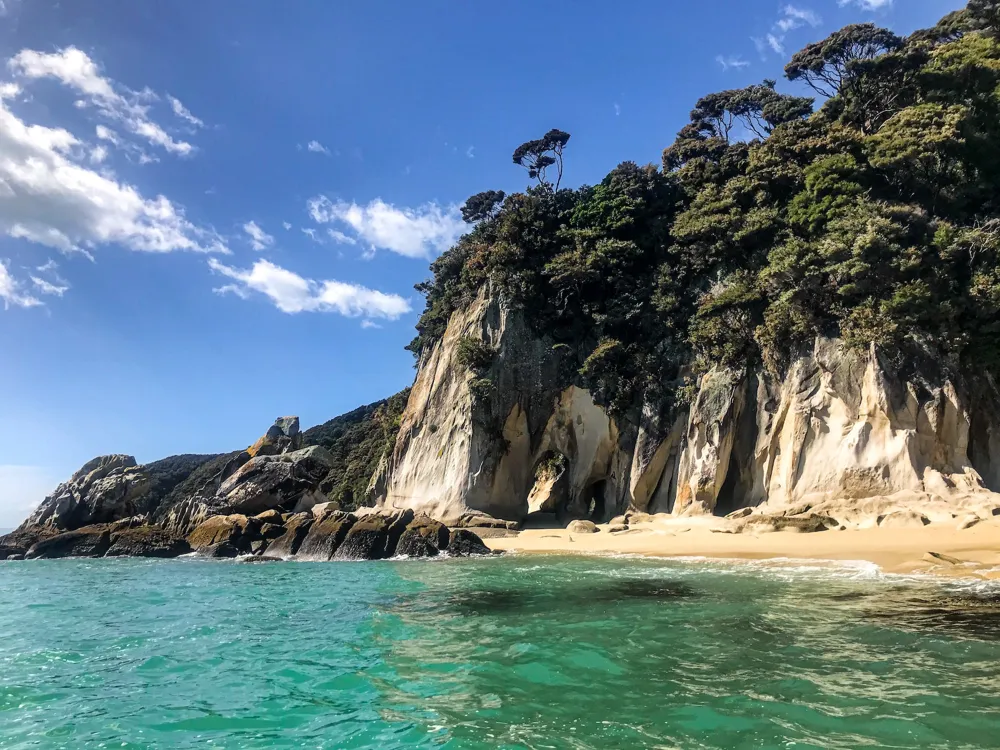Waitemata Harbor, regularly alluded to as Auckland shining gem, is an necessarily portion of the city's heart and soul. This endless body of water, extending from Hobson Narrows within the east to the Harbor Bridge within the west, plays a noteworthy part in Auckland's history and culture. Waitemata, meaning'sparkling waters' in Maori, may be a portrayal for this staggering harbor, known for its glistening waters, particularly beneath the morning sun. The harbour's significance expands past its common magnificence, because it has been a urgent financial and transportation center since the city's early days. It's domestic to the bustling Ports of Auckland, a key player in Modern Zealand's consequence and trade industry. Nearby its commercial centrality, Waitemata Harbor could be a for cruising and water sports, reflecting Auckland's epithet as the 'City of Sails'. Its waters have various cruising occasions, counting the prestigious America's Container, exhibiting the city's profound association with the ocean. The harbor is additionally lined with different shorelines, parks, and recreational ranges, advertising local people and sightseers alike a chance to appreciate its picturesque magnificence and tranquility. The encompassing scene, specked with volcanic slopes and rich greenery, includes to the beautiful setting of Waitemata Harbor, making it a must-visit goal for anybody investigating Auckland. The history of Waitemata Harbour is deeply intertwined with the Maori and European agreements of Auckland. For the Maori, the harbour was a pivotal maritime route and a rich fishing ground. The Waitemata was home to several Maori lines, who valued its coffers and strategic position. With the appearance of European settlers in the 19th century, the harbour's part evolved significantly. It came the main entry point to Auckland, leading to rapid-fire civic development around its props. The construction of the Auckland Harbour Bridge in 1959 was a monumental event, linking the North Shore with Auckland's central business quarter and sparking farther growth. Over the times, Waitemata Harbour has witnessed multitudinous metamorphoses, yet it remains a symbol of Auckland's substance and a testament to its maritime heritage. Waitemata Harbour's geographical features are both unique and different. It encompasses a wide area, from the narrow entrance at the head of the Hauraki Gulf to its extensive upper rung. The harbour is adjoined by several prominent milestones, including Rangitoto Island, a stormy islet forming the iconic background to the Auckland skyline. The harbour's props are a blend of precipice- lined beachfronts and flaxen strands, furnishing a range of natural geographies. The harbor's tidal nature contributes to its dynamic marine terrain, supporting a variety of marine life and ecosystems. This interplay of natural features makes Waitemata Harbour not just a stunning spectacle but also an ecological treasure.. In contemporary Auckland, Waitemata Harbour remains at the van of the megacity's development. It's a mecca for maritime conditioning, from marketable shipping to rest voyaging and watersports. The shorefront areas have experienced significant revivification, blending ultramodern armature with public spaces to produce vibrant civic firmaments. The Viaduct Harbour and Wynyard Quarter are high exemplifications, offering a blend of dining, entertainment, and artistic gests . Waitemata Harbour's part in Auckland's civic geography is to strike a balance between profitable functionality and furnishing recreational and aesthetic value to the megacity's residers and callers. The armature around Waitemata Harbour reflects Auckland's growth and elaboration. From major structures to ultramodern developments, the architectural geography around the harbour is different and dynamic. Key literal structures, similar as the Ferry Building and the Auckland Harbour Board Building, show early 20th- century armature, while recent developments like the Viaduct Events Centre highlight contemporary design trends. The mix of old and new armature along the shorefront creates a unique civic shade that narrates Auckland's history and its bournes for the future. The design of these structures frequently incorporates rudiments that pay homage to Auckland's maritime heritage, with navigational themes and accoutrements that repel the offshore terrain. Several iconic structures and developments define the architectural character of Waitemata Harbour. The Auckland Harbour Bridge, a critical structure element, isn't just functional but also a visual corner. The Viaduct Harbour, developed for the America's Cup, is now a bustling firmament with ultramodern armature, including the New Zealand Maritime Museum and upmarket apartments. The Wynyard Quarter is another significant development, transubstantiating former artificial jetties into a contemporary civic space with innovative architectural designs. These areas represent the harmonious mix of functionality, aesthetics, and sustainability in civic development around the harbour. Maori culture has a profound influence on the armature around Waitemata Harbour. numerous structures and public spaces incorporate Maori design rudiments and artworks, reflecting the indigenous heritage of the region. This integration of Maori artistic motifs in armature is a testament to New Zealand's commitment to feting and celebrating its Maori heritage, icing that it remains a vibrant part of Auckland's civic geography. Sustainability is a crucial consideration in the architectural development around Waitemata Harbour. numerous new structures and public spaces are designed witheco-friendly principles, using sustainable accoutrements and incorporating green spaces. This approach not only enhances the aesthetic appeal of the shorefront but also aligns with Auckland's vision of getting a more sustainable and environmentally conscious megacity. Spring and summer are ideal for enjoying the harbour's outdoor activities and events. Check the local calendar for festivals and sailing regattas. Explore the maritime museum, take a ferry ride to nearby islands, or enjoy watersports. The Viaduct Harbour and Wynyard Quarter offer dining and shopping experiences. Adhere to water safety rules if engaging in water activities. Be mindful of the environmental protection guidelines to preserve the harbour's natural beauty. Reaching Waitemata Harbour is straightforward, with multiple optionsavailable.However, the harbour is within walking distance, If you are in Auckland's central business quarter. For those further down, public transport like motorcars and trains provides accessible access. The Auckland Ferry Terminal also connects the harbour to colorful destinations across the Hauraki Gulf. For transnational or out- of- city callers, Auckland Airport is the main gateway, with effective transport services linking the field to the megacity centre and the harbour area. READ MORE:-Overview of Waitemata Harbour in Auckland
History and Significance of Waitemata Harbour
Geographical Features of Waitemata Harbour
Waitemata Harbour in Modern Auckland
The architecture of Waitemata Harbour
Iconic Structures and Developments
Influence of Maori Culture on Architecture
Sustainable and Eco-Friendly Design
Tips for Visiting Waitemata Harbour
Best Time to Visit
Activities and Attractions
Safety and Regulations
How To Reach Waitemata Harbour
Waitemata Harbour
Auckland
₹ 72,000 onwards
View auckland Packages
Auckland Travel Packages
View All Packages For Auckland
Top Hotel Collections for Auckland

Private Pool

Luxury Hotels

5-Star Hotels

Pet Friendly
Top Hotels Near Auckland
Other Top Ranking Places In Auckland
View All Places To Visit In auckland
View auckland Packages
Auckland Travel Packages
View All Packages For Auckland
Top Hotel Collections for Auckland

Private Pool

Luxury Hotels

5-Star Hotels

Pet Friendly







